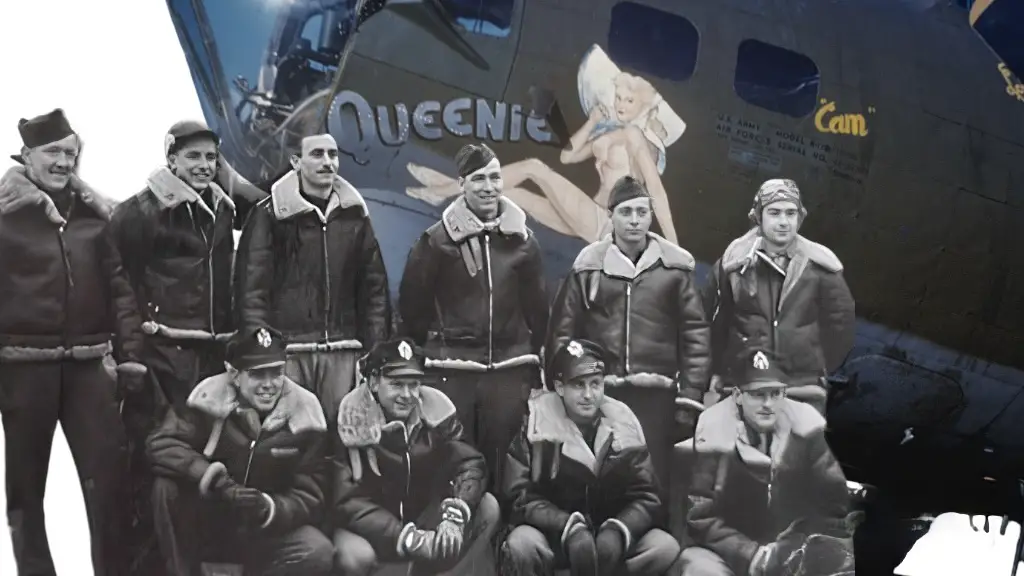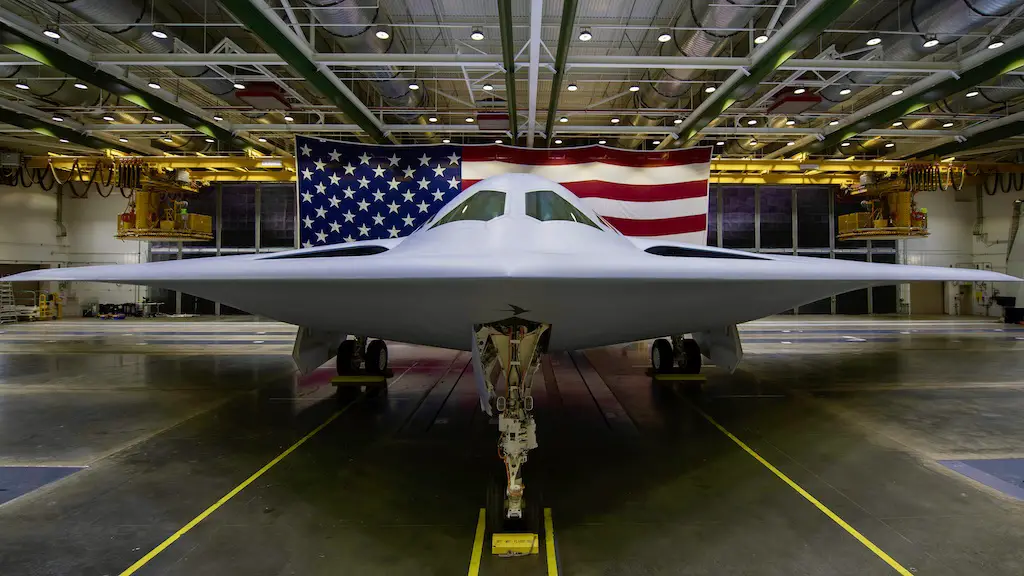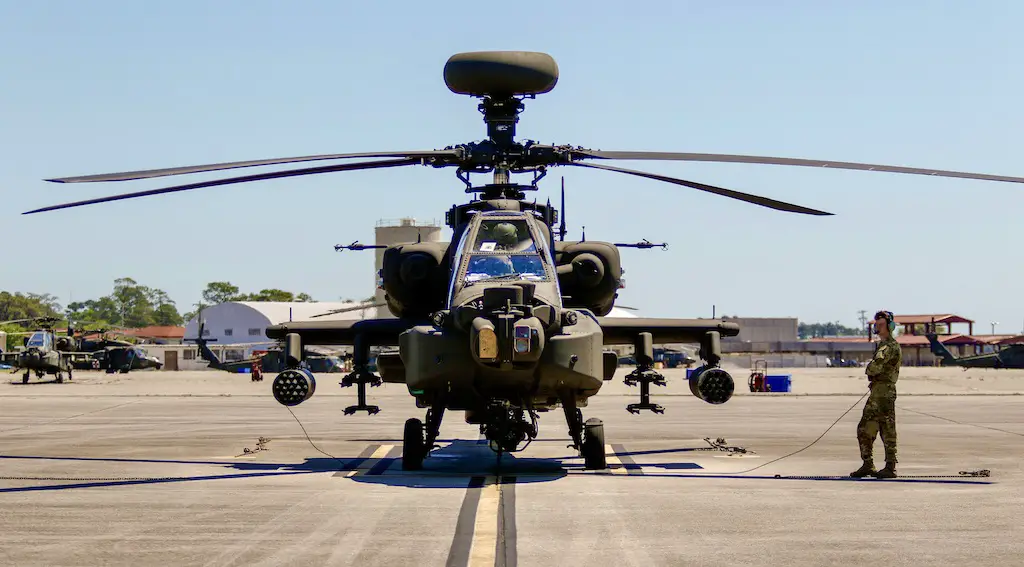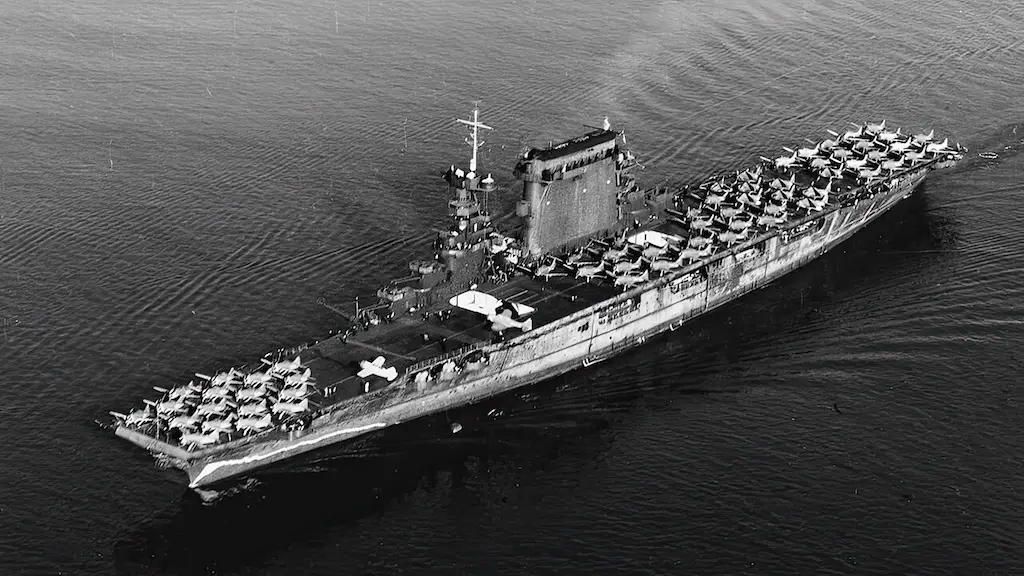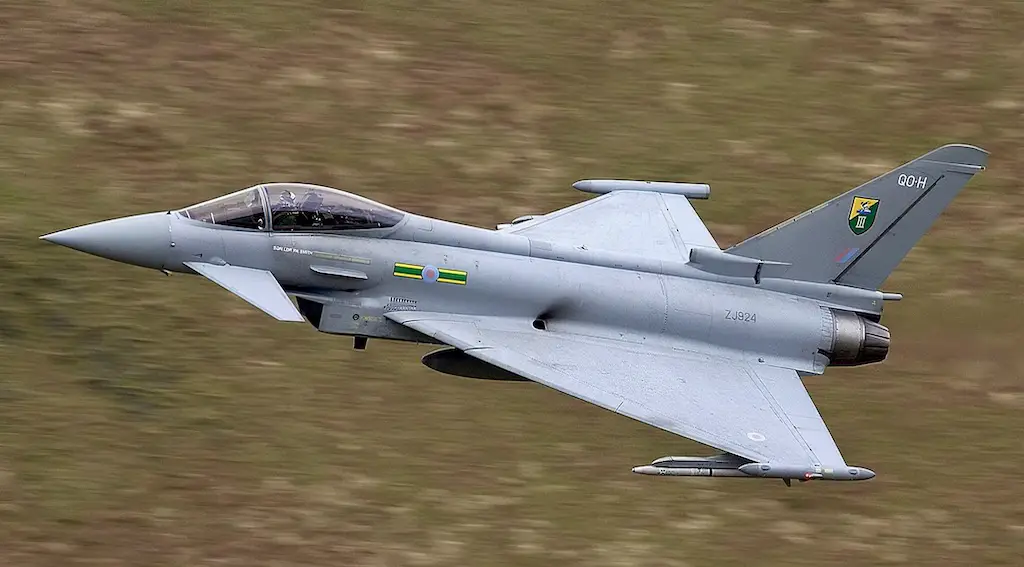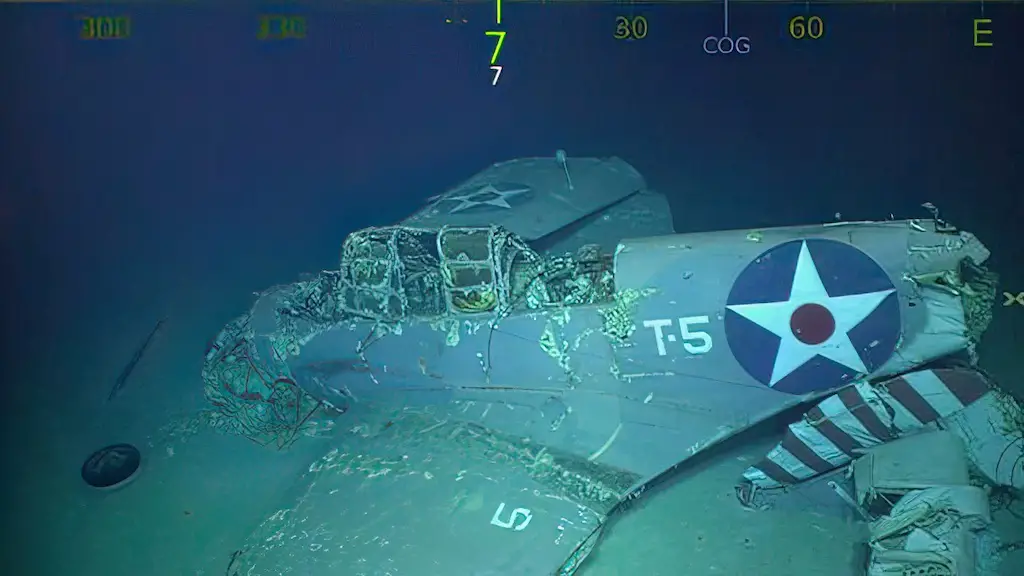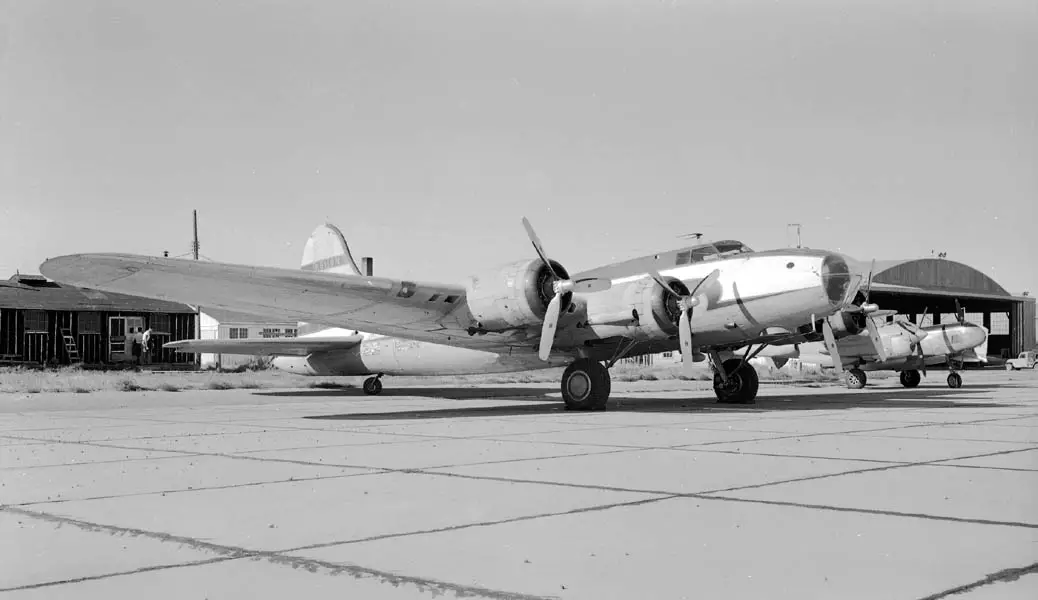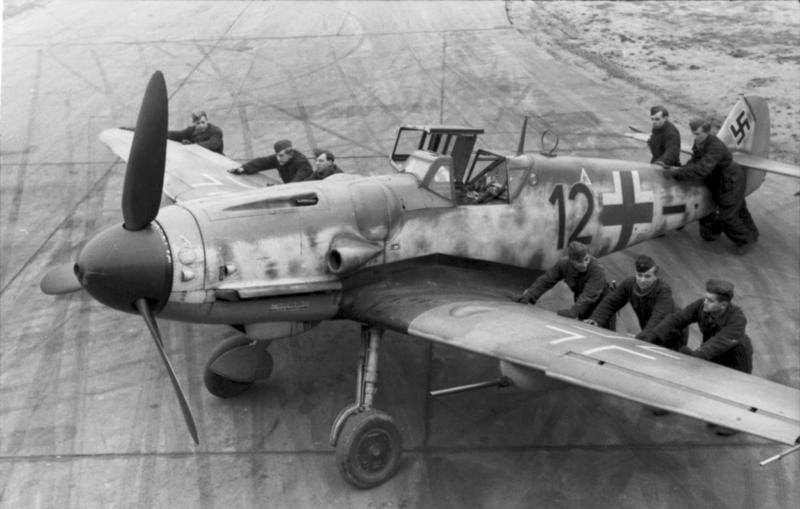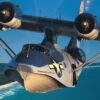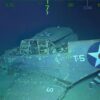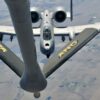The Battle-Scarred B17G “Queenie”
On April 29, 1944, an extraordinary event took to the skies, leaving onlookers in disbelief at how something so battered could still fly. The B-17G, serial number 42-31353, known as “Queenie,” returned to base, wounded beyond belief, a flying testament to the sheer tenacity and courage of her crew. With every odd against her, Queenie’s relentless spirit kept her aloft.
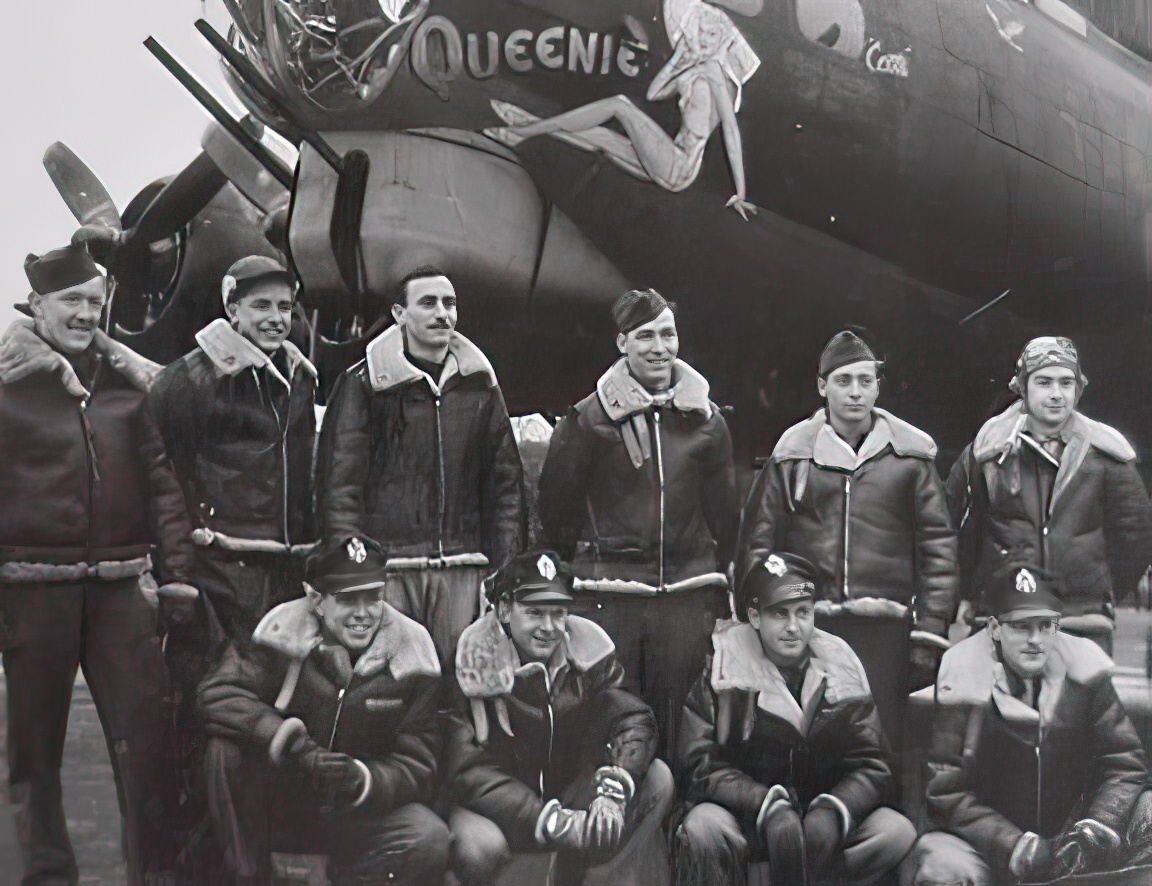
Against All Odds
Queenie was returning from a mission over enemy territory when she encountered the deadly precision of German 88-millimeter flak. The aircraft sustained unimaginable damage, hit over 100 times. Miraculously, only one aileron and half a tail remained for control, yet the four engines, though lightly damaged, continued to churn, a testament to the robust engineering of the time.
As Queenie staggered towards safety, the flak had taken a severe toll on her, piercing every fuel tank. Fuel gushed from the wings, an alarming sight that occasionally ignited into flames due to the proximity of the fiery engines. Despite the perilous situation, the Queen of the Skies refused to succumb to the skies.
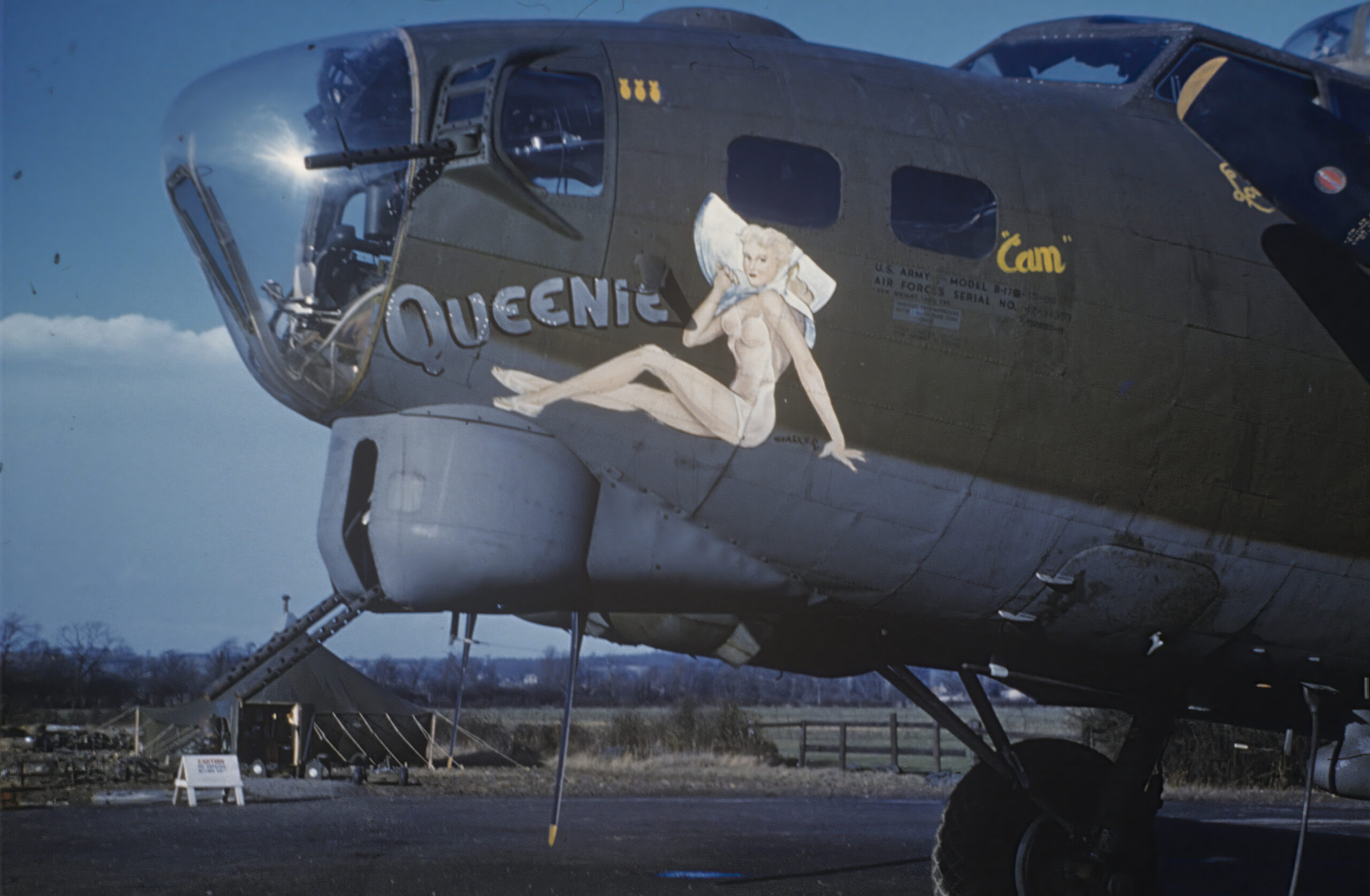
A Crew’s Valiant Struggle
Of the ten crew members aboard, five, primarily gunners, lost their lives to BF109 attacks during the mission. The remaining five, against overwhelming odds, fought with every ounce of their strength to keep the battered fortress airborne. As they neared what they hoped would be sanctuary, the situation grew dire. The damaged engines began to overheat, with engines one and two failing first, followed by a catastrophic fire in engines three and four. The flames consumed the weakened, perforated wing structure, sealing the fate of the once majestic flying fortress.
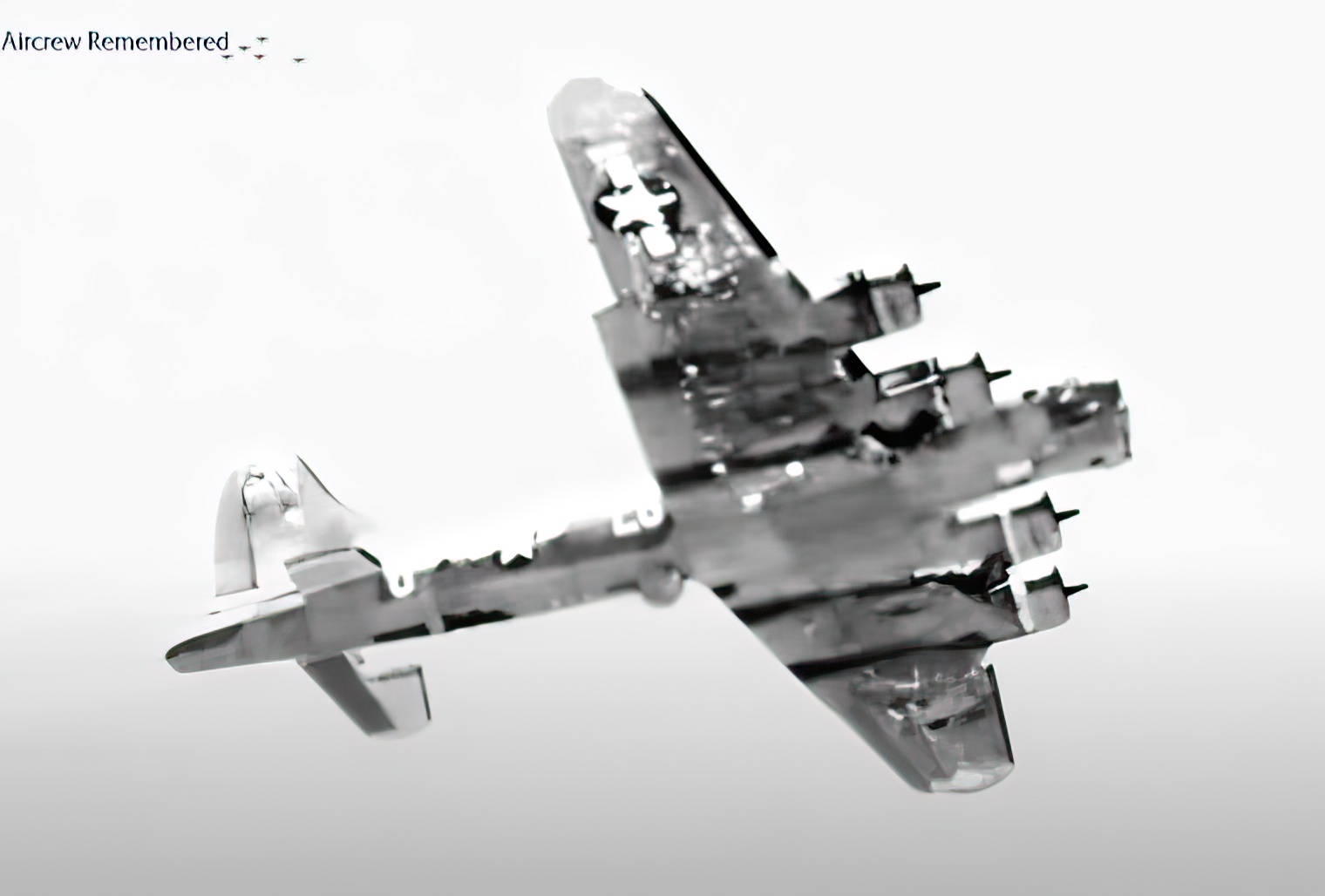
Aftermath
As they were just outside Berlin, the inevitable occurred. The B-17, with its heroic crew still aboard, crumbled mid-air and crashed. The five surviving crew members, though having survived the ordeal of the flight, were captured and became prisoners of war. Their bravery, alongside the sheer resilience of the B-17, would be remembered as a poignant example of the harsh realities of air combat during World War II.
The battered B-17, the most damaged you’ll ever see flying, symbolizes the fierce determination and sacrifice of the airmen of the era, a legacy that continues to inspire and awe to this day.

